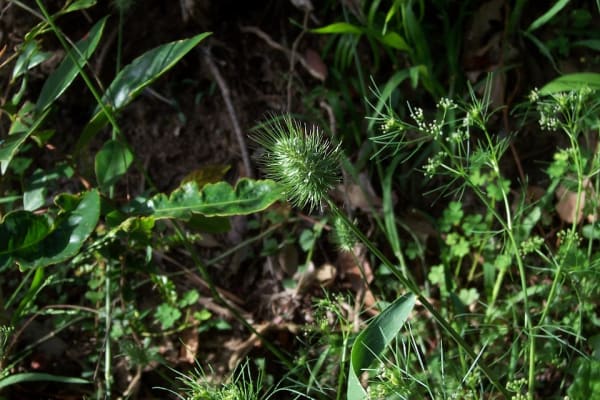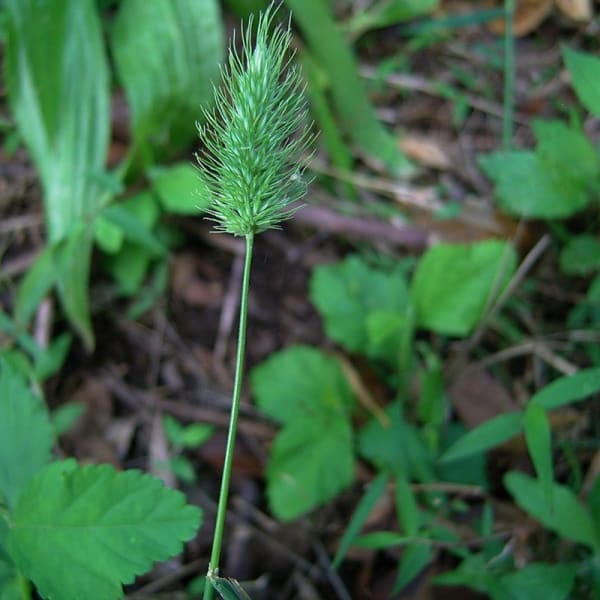Last week we had a bit of a discussion about managing feral deer. This week it's a different animal: the hedgehog!
For some reason, the cutest-ever local grass has been named after a non-Australian creature, when we've got echidnas roaming around that would provide a much more appropriate moniker. That said, the name is apt enough; if you've ever seen one of these cuties when the flower/seed heads are doing their thing, you'll understand.
They have a hairy, rather spiky appearance due to the long hair-like awns that are an element in their flower heads. When plants are in flower, these flower heads are green, but as the seed develop and ripen, the whole thing takes on a pale golden-brown or straw colour.
Of the two local Hedgehog Grasses (yes, two, we are spoiled!), the Forest Hedgehog Grass (Echinopogon ovatus) looks more like a hedgehog or echidna, because of the ovate shape of the seed head, which can be seen in the picture below.

The Forest Hedgehog Grass (as its name suggests) is a grass of forests and in the Illawarra it can be found growing in wet sclerophyll (eucalypt) forest, and alongside creeks. It has a preference for clay soils, though it does like good drainage. It spreads slowly via slender rhizomes, and can colonise a fair size area, creating a very pretty display when the plants are in flower or seed, and looking pretty nondescript for the rest of the year.
The other local species, Hedgehog Grass or Echinopogon caespitosus, prefers sandy or sandstone-derived soils. It can be found on the volcanic sandstone soils at Croom Reserve and Blackbutt Reserve, and also on sandy soil at Sandon Point, and up on the plateau west of the escarpment cliff line.
It doesn't have a rhizome but individual plants form bushy clumps. And its flower and particularly its seed heads are longer and less compact that those of Forest Hedgehog Grass, so look a bit less like any kind of an animal. It's still very appealing, though. Maybe there's room for a Hedgehog Grass and an Echidna Grass?






